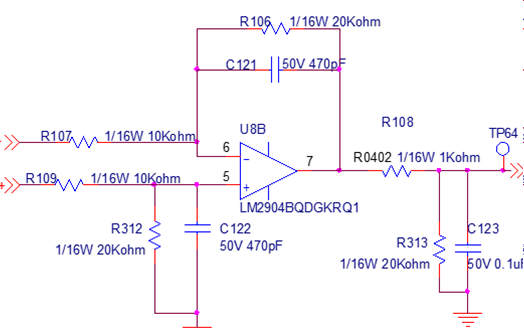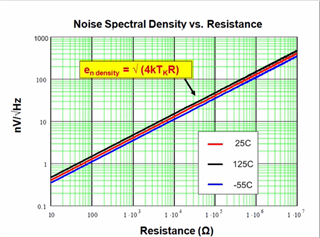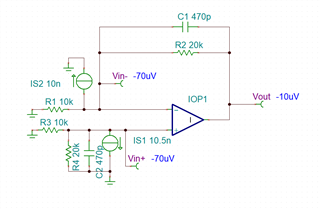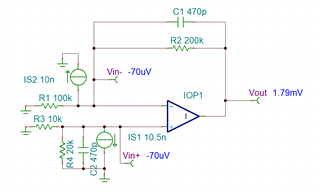Other Parts Discussed in Thread: LM2904B
Hi team,
What is the range of values for the bias resistor and feedback resistor?

The increase in the resistance of R106 and R107 can effectively suppress Vos. However, the increase in resistance itself will also cause noise. Therefore, what is the range for choosing the resistance values of R106 and R107? Will there be a problem if I use 100k and 200k?
Thanks!




